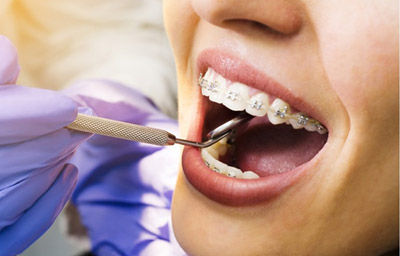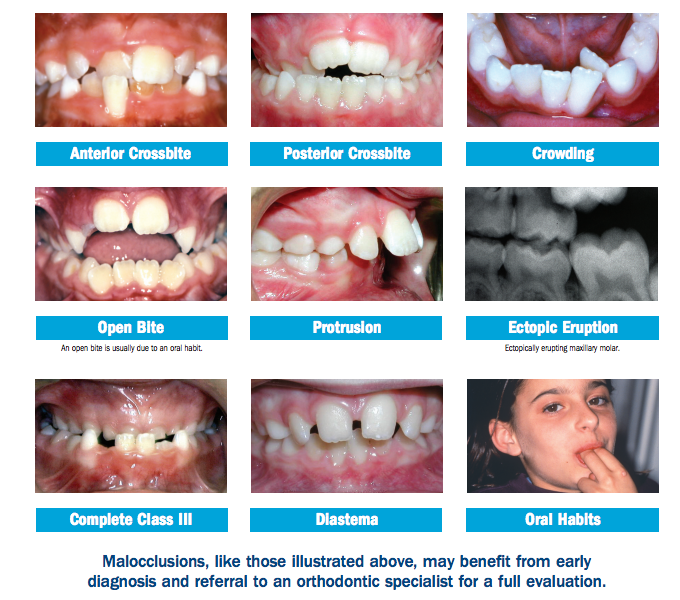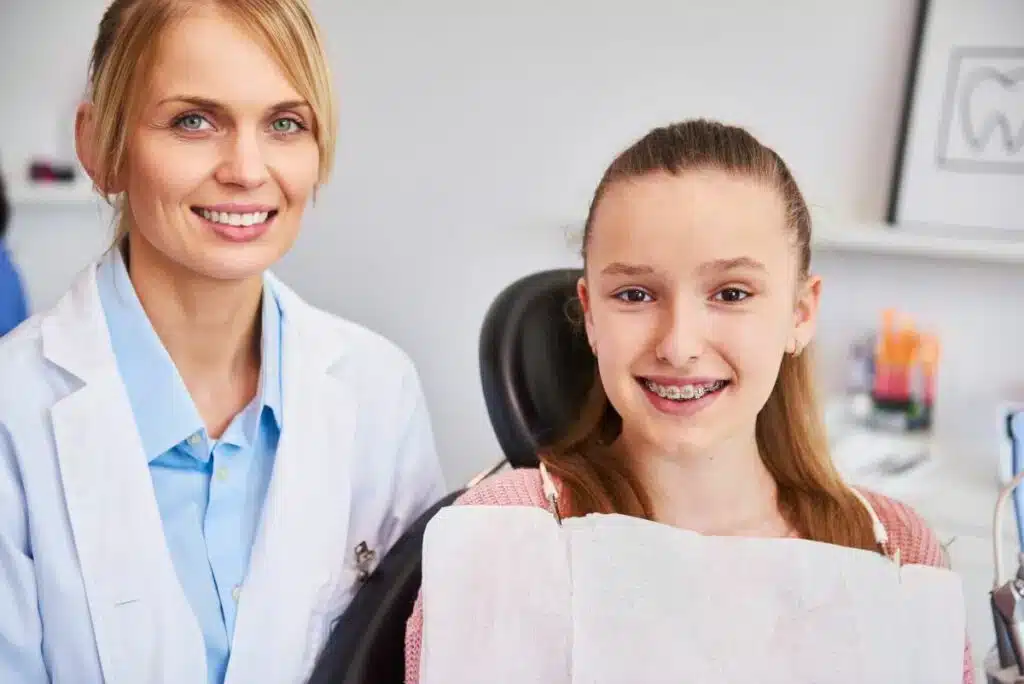8 Easy Facts About Causey Orthodontics Explained
Table of ContentsSome Ideas on Causey Orthodontics You Should KnowCausey Orthodontics Fundamentals ExplainedUnknown Facts About Causey OrthodonticsExcitement About Causey OrthodonticsThe Greatest Guide To Causey Orthodontics
Disregarding occlusal connections, it was common to remove teeth for a variety of dental problems, such as malalignment or congestion. The idea of an intact dentition was not widely valued in those days, making bite relationships seem pointless. In the late 1800s, the principle of occlusion was necessary for producing dependable prosthetic replacement teeth.As these concepts of prosthetic occlusion proceeded, it came to be a very useful tool for dentistry. It was in 1890 that the job and influence of Dr. Edwards H. Angle started to be felt, with his payment to modern-day orthodontics specifically notable. Initially concentrated on prosthodontics, he taught in Pennsylvania and Minnesota prior to guiding his interest towards dental occlusion and the treatments needed to maintain it as a normal problem, thus becoming called the "father of modern orthodontics".

The idea of ideal occlusion, as proposed by Angle and included right into a category system, allowed a shift towards dealing with malocclusion, which is any variance from regular occlusion. Having a complete set of teeth on both arches was extremely demanded in orthodontic therapy as a result of the demand for specific relationships between them.
The Ultimate Guide To Causey Orthodontics
As occlusion ended up being the key priority, face proportions and aesthetics were overlooked - orthodontist near me. To attain suitable occlusals without making use of outside forces, Angle proposed that having best occlusion was the most effective way to get optimum facial looks. With the passing of time, it became fairly apparent that also a remarkable occlusion was not appropriate when taken into consideration from a visual point of sight
Charles Tweed in America and Raymond Begg in Australia (who both examined under Angle) re-introduced dentistry extraction right into orthodontics throughout the 1940s and 1950s so they might enhance face esthetics while additionally making certain better security worrying occlusal connections. In the postwar duration, cephalometric radiography begun to be made use of by orthodontists for measuring changes in tooth and jaw position created by growth and treatment. It came to be evident that orthodontic therapy can readjust mandibular development, resulting in the formation of functional jaw orthopedics in Europe and extraoral force actions in the US. Nowadays, both functional home appliances and extraoral tools are used around the world with the purpose of changing growth patterns and kinds. Pursuing real, or at the very least improved, jaw connections had actually come to be the primary objective of therapy by the mid-20th century.
Not known Factual Statements About Causey Orthodontics
 The American Journal of Orthodontics was developed for this function in 1915; prior to it, there were no scientific objectives to adhere to, neither any specific classification system and braces that did not have attributes. Till the mid-1970s, braces were made by wrapping steel around each tooth. With advancements in adhesives, it ended up being feasible to instead bond metal brackets to the teeth.
The American Journal of Orthodontics was developed for this function in 1915; prior to it, there were no scientific objectives to adhere to, neither any specific classification system and braces that did not have attributes. Till the mid-1970s, braces were made by wrapping steel around each tooth. With advancements in adhesives, it ended up being feasible to instead bond metal brackets to the teeth.Andrews offered an insightful definition of the excellent occlusion in long-term teeth. This has actually had meaningful impacts on orthodontic therapies that are administered consistently, and these are: 1. Appropriate interarchal connections 2. Proper crown angulation (idea) 3. Proper crown disposition (torque) 4. No rotations 5. Tight call factors 6. Apartment Contour of Spee (0.02.5 mm), and based on these concepts, he uncovered a therapy system called the straight-wire home appliance system, or the pre-adjusted edgewise system.
The advantage of the style depends on its brace and archwire combination, which needs only very little cable bending from the orthodontist or clinician (family orthodontics). It's aptly called hereafter function: the angle of the slot and density of the bracket base ultimately establish where each tooth is located with little need for added manipulation
What Does Causey Orthodontics Do?
Both of these systems utilized identical brackets for each tooth and demanded the flexing of an archwire in three planes for finding teeth in their desired settings, with these bends determining supreme positionings. When it involves orthodontic home appliances, they are separated right into two types: detachable and repaired. Detachable home appliances can be taken on and off by the person as called for.

Therefore, mostly all modern set appliances can be considered variants on this edgewise device system. Early 20th-century orthodontist Edward Angle made a major payment to the world of dental care. He created 4 distinct home appliance systems that have actually been utilized as the basis for several orthodontic therapies today, disallowing a few exceptions.
Our Causey Orthodontics Statements

The cord ended in a string, and to relocate it forward, a flexible nut was used, which enabled a rise in circumference. By ligation, each private tooth was connected to this large archwire (best orthodontist). Due to its minimal series of activity, Angle was incapable to achieve specific tooth placing with an E-arch
These tubes held a firm pin, which can be rearranged at each consultation in order to relocate them in area. Referred to as the "bone-growing home appliance", this gizmo was theorized to urge healthier bone growth because of its potential for moving force straight to the origins. Applying it confirmed troublesome in reality.